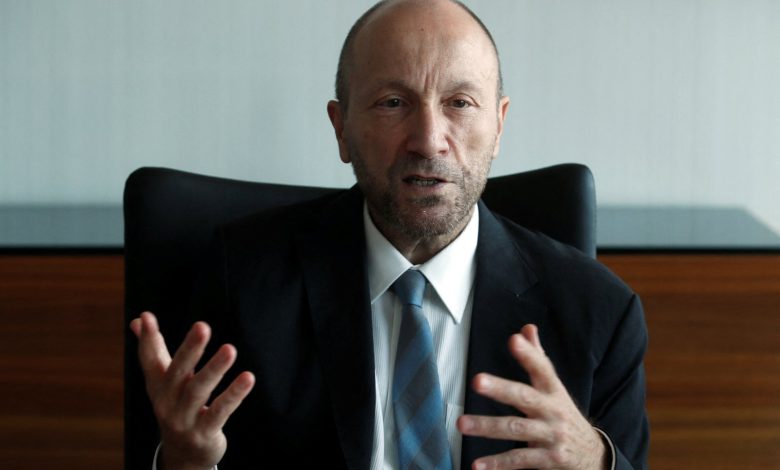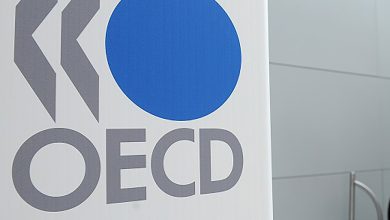Turkish central bank ‘not even considering’ rate cuts now

Türkiye’s central bank is not contemplating a rate-cutting cycle currently, as premature easing might reignite inflation and prolong economic difficulties amid signs of disinflation, Deputy Governor Cevdet Akçay said on Friday.
For now, Akçay said the Central Bank of the Republic of Türkiye (CBRT) is wrestling to convince skeptical companies and households that it will keep its tight policy for as long as it takes to secure a lasting disinflation period.
“A rate-cutting cycle is not even contemplated at this point,” Akçay told Reuters in his first media interview since President Recep Tayyip Erdoğan appointed him to the post a year ago.
This is because in Türkiye – where inflation is the economy’s main problem – the risk of premature policy easing and “rejuvenated inflation dynamics” is higher than the risk of waiting too long, he said.
“A rate cut is therefore not an agenda item at the moment, and will not be before a secular decline in the underlying trend of monthly inflation is observed and is accompanied by other indicators we closely follow,” Akçay added.
“A central bank’s natural tendency is to always err on the side of caution.”
The hawkish message could cool expectations that the central bank will begin easing monetary policy in the fourth quarter, with some analysts forecasting a rate cut as soon as September. Others predict it will wait until early next year.
Akçay, 63, is one of the key architects of Türkiye’s major U-turn toward a more orthodox, high-rates policy meant to vanquish years of soaring prices under the previous policy of easy money to boost economic growth.
Since June last year, the central bank has hiked rates to 50% and, since it last tightened in March, has pledged to remain vigilant to inflation risks.
Annual inflation dipped below 72% last month, marking the beginning of what is expected to be a prolonged slide.
Yet even as economists predict inflation will be 30% in a year, a central bank survey shows Turkish households, plagued by inflation and foreign exchange volatility, see it at 71%, according to figures released in June.
Households understandably still have a “pessimistic bias” given their past experiences and need to see “a secular downward trend in actual inflation” to be convinced, Akçay said at the central bank’s Istanbul offices.
He said the bank will maintain a tight policy until the pace of improvement in households’ expectations, moderation in domestic demand and underlying inflation data all confirm a “permanent and significant” decline in monthly inflation, which is expected to run near 1.5% after this month.
When rate cuts begin they “will be managed in a way to signal a tight stance in an unambiguous manner,” Akçay said.
Companies also remain skeptical of disinflation, he said, which “has an overwhelming impact on the extent of slowdown required for disinflation.”
The longer households and companies remain “unresponsive” to the bank’s tight stance, “the higher will be the cost in terms of output and employment,” Akçay said.
June’s monthly inflation was 1.64%, but July’s is expected to rise temporarily due to one-off factors.
“We pencil in a 1.5 points burden on July’s monthly inflation due to price adjustments in administered prices and taxes,” Akçay said, adding this could lead to higher-than-expected inflation in July.
According to the central bank’s latest survey of market participants’ expectations, monthly consumer price inflation is seen at 2.77% in July.
Any surprises in the monthly rate will not require “immediate action” as long as the underlying outlook remains intact, Akçay added. The central bank expects year-end annual inflation of 38%, a bit below market expectations.






